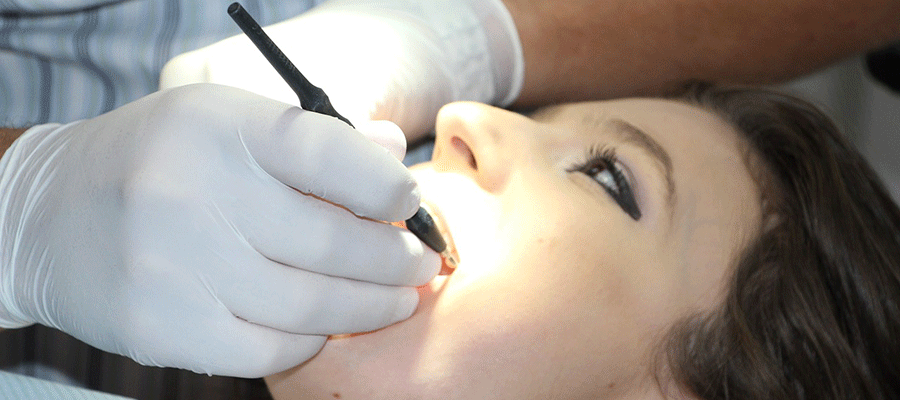
Many Americans suffer from gum disease, sometimes without knowing they have it. The Prevention and treatment of gum disease is easy if you have a trusted family dentist that will advise you on overall oral care.
Call Today!Gum disease, also known as periodontal disease, is inflammation caused by bacterial growth in the mouth around the tooth and along the gum line. Unfortunately, this preventable disease can cause loss of teeth if not treated.
Despite being preventable, gingivitis is quite common. An estimated 3 out of 4 American adults have gingivitis, the earliest form of gum disease.
There are four general stages to gum disease. If left untreated, gingivitis can progress to the more serious condition of periodontitis.
Gingivitis is an early stage of gum disease caused by plaque buildup on teeth. If plaque isn’t properly removed, it will build up at the gum line and can result in inflammation of the gums. Symptoms of gingivitis include irritated or red gums that may bleed when brushing or flossing.
The term “periodontitis” is used to describe the later, more severe stages of gum disease. If gingivitis goes untreated, it can lead to periodontitis, which carries symptoms and health implications such as receding gums, damage to the bone and connective tissue around teeth, and (in the severe cases) tooth loss.
While gingivitis may be treated, the effects of periodontitis are typically not reversible. It is a chronic, long-term condition that should be addressed with the help of a dental professional.
There may be some confusion with the medical terminology surrounding gum disease, but it’s fairly simple:
Dr. Rasch will determine the appropriate treatment after a thorough checkup of the mouth, jaws, and gums. There are several non-invasive and surgical procedures that can be performed for gum diseases.
We offer flexible payment plans via Care Credit and most insurance.
Call us at 801-277-1916 to schedule an appointment. Earn more than just a smile from Village Dental.
Deep teeth cleaning is needed when your gum line becomes lower than what is normal, due to the accumulation of plaque.